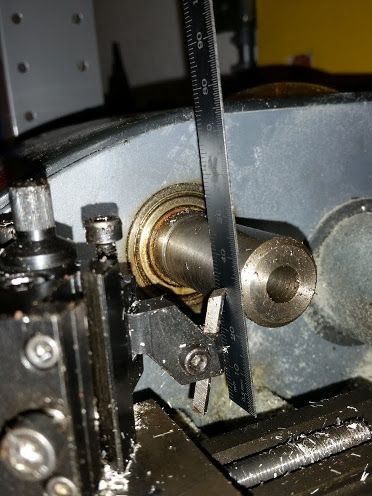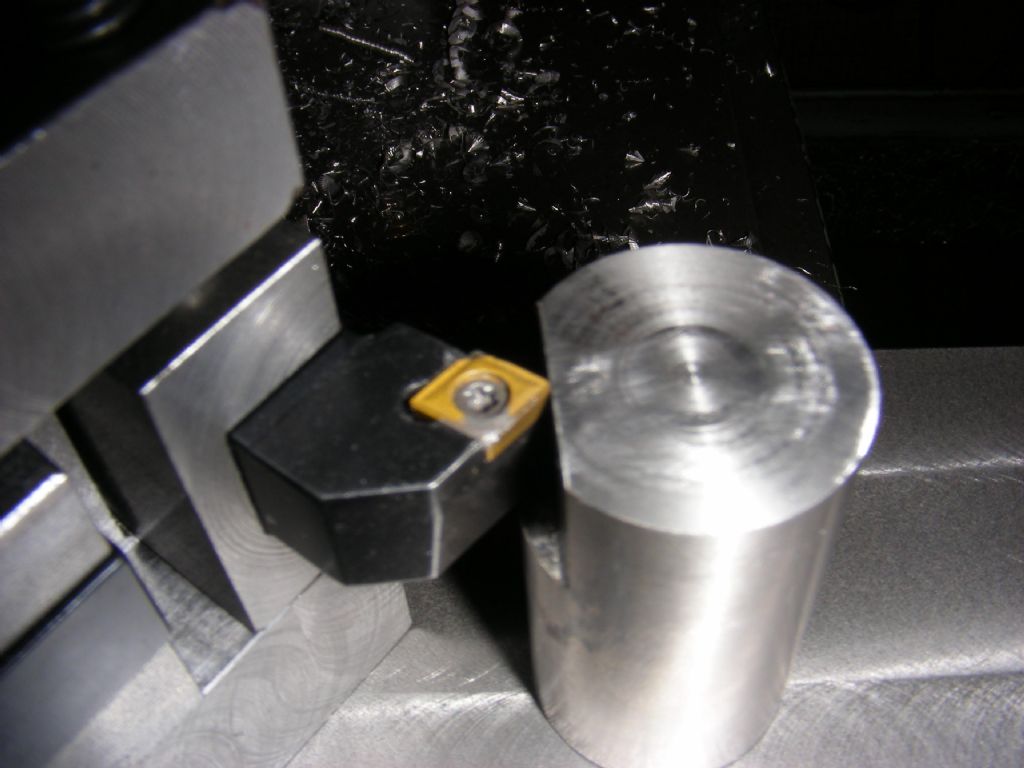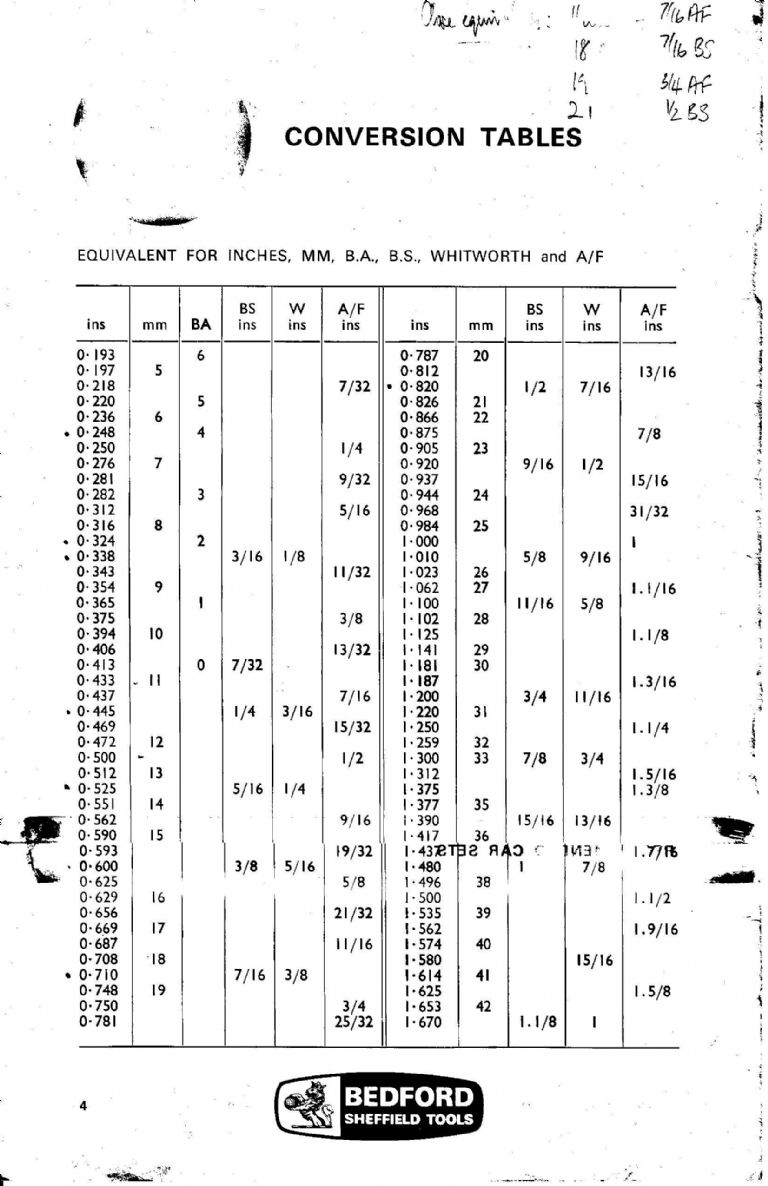The heading of this thread is "ML7 questions" so hopefully Brainsparks30 won't mind me jumping in with ML7 related questions of my own.
I recently purchased a late model (1973 – 1975) ML7 in really good condition at a very reasonable price. Although it came with a reasonable complement of accessories, 3 jaw chuck, vertical slide, steadies, etc, none of the standard tools came with it nor a bench.
Currently the lathe is sitting on a dolly in the garage while I contemplate where to mount it. As Myford stands are scarcer than hens teeth in this part of the world, Western Canada, I will likely end up having to make a bench myself.
As I want to be prepared so that I can get up and running as soon as the bench is ready, I would like to order the necessary tools sooner rather than later, so I was hoping that someone could let me know what tools are needed and what they are actually used for?
All I know is that there should be a few allen keys, some spanners and an oil gun. I have ordered the manual and the Ian Bradley book, but thanks to a recent strike at Canada Post I am not expecting to receive these anytime soon.
Regarding the oil gun, I have found a few threads that discuss it on this forum, but these have left me more confused than ever, surly it can't be that complicated, but the thought of buying the WANNER from Myford for £60, which would be more like £90 by the time I have added postage and import duties, is not very appealing.
Thanks,
Clive
Howard Lewis.




 as to make no difference.
as to make no difference.


